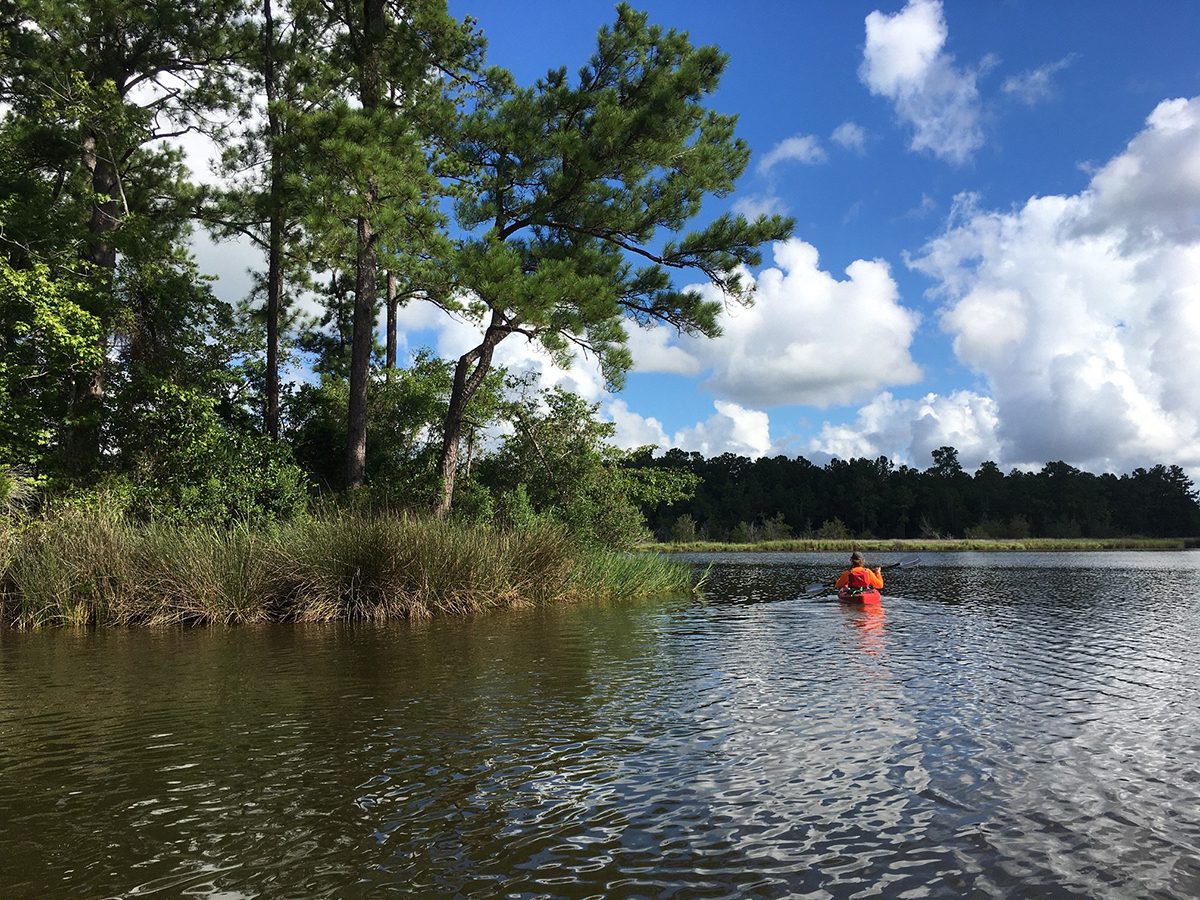
For the first time in more than 10 years, North Carolina land donors may be eligible to receive a tax credit for gifting property to conservation.
But there’s a catch. A few, actually.
Supporter Spotlight
The law that went into effect Jan. 1 includes caveats that were not in the original one that legislators repealed in 2013.
This time around, there is a credit cap for qualifying properties, which means donors will not know how much of a credit they will receive at closing. Conservation easements, or those where the landowner can permanently protect the environmental value of his or her land while continuing to own it, no longer qualify. And the program ends after two years.
The law isn’t likely to raise the brows of landowners wanting to donate solely in the name of conservation. But proponents are concerned the law might not be enough to entice property owners who may be looking for more incentive to donate.
Land trusts across the state are working to get at least some of the language in the North Carolina Farm Act of 2024 changed to reflect that of prior guidelines when the legislative session convenes late this month.
“I would say, although it’s not what we would most prefer getting started, having the tax credit reinstated at all is certainly an accomplishment, and we’re pleased for that,” said Harrison Marks, Coastal Land Trust executive director. “I think until a couple of things are addressed it will be somewhat limited. I think it’s a reward for people who probably want to do the right thing for the right reasons anyway. But I would think somebody who is mostly motivated by the tax credit may wait and see what happens in the future.”
Supporter Spotlight
Under the old law, landowners would receive a tax credit of up to 25% of the fair market value of their donated property.
Now, a statewide cap of $5 million must be divided between donors with qualifying tracts of land.
Land owners will not be notified until after the close of the tax year, after the state Department of Revenue tallies the year’s donations, how much of a tax credit they will receive.
“If they don’t hit the cap, then every landowner will get the full 25% of the donated value and that’s fantastic, but I can’t tell a landowner that,” explained Rusty Painter, Conservation Trust for North Carolina’s land protection director. “I have to tell the landowner you might get as little as 5% or less, who knows, of the donated value. That’s going to make it hard for them to factor that in, or make that a significant factor in their decision.”
The message he’s likely to relay to prospective land donors is to remind them that a federal tax deduction for conservation easement donations stands. Whatever the landowner may get in a state conservation tax credit would be the “gravy on top.”
“You’re likely to get some kind of state tax credit, but I can’t tell you how much,” Painter said. “Nobody can tell you how much right now. Just wait and hope for good news and enjoy the windfall, however big or small it might be.”
North Carolina was the first in the nation to enact a conservation income tax credit.
Between the time the credit was rolled out in 1983 until its repeal 30 years later, donations and bargain sales of land and easements for conservation purposes led to the protection of more than 230,000 acres of forests, farms, waterways, wildlife habitat, wetlands and other natural areas.
Proponents of the credit point out that neighboring states, including South Carolina, Virginia and Georgia, implemented similar conservation tax credits after seeing the success of North Carolina’s program.
Land donations for conservation “really dropped off” after North Carolina lawmakers repealed the tax credit, Marks said.
Under the current law, eligible lands include those used for forestland or farmland preservation, fish and wildlife conservation, buffers around military installations and training areas, historic landscape conservation, for public trails or access to public trails, and for floodplain protection in counties where a gubernatorial disaster declaration as a result of a natural disaster that occurred five years before the donation.
The law expires Jan. 1, 2027.
“We’re definitely hoping for an update because we need all the help we can get,” Painter said. “The window is closing on the best of the best properties to conserve. Development is rampant now and it’s going to continue to increase and funding for our work is pretty limited. Our hope is that this is the first step toward revamping and improving the program based on what we’ve learned in this two-year period.”








